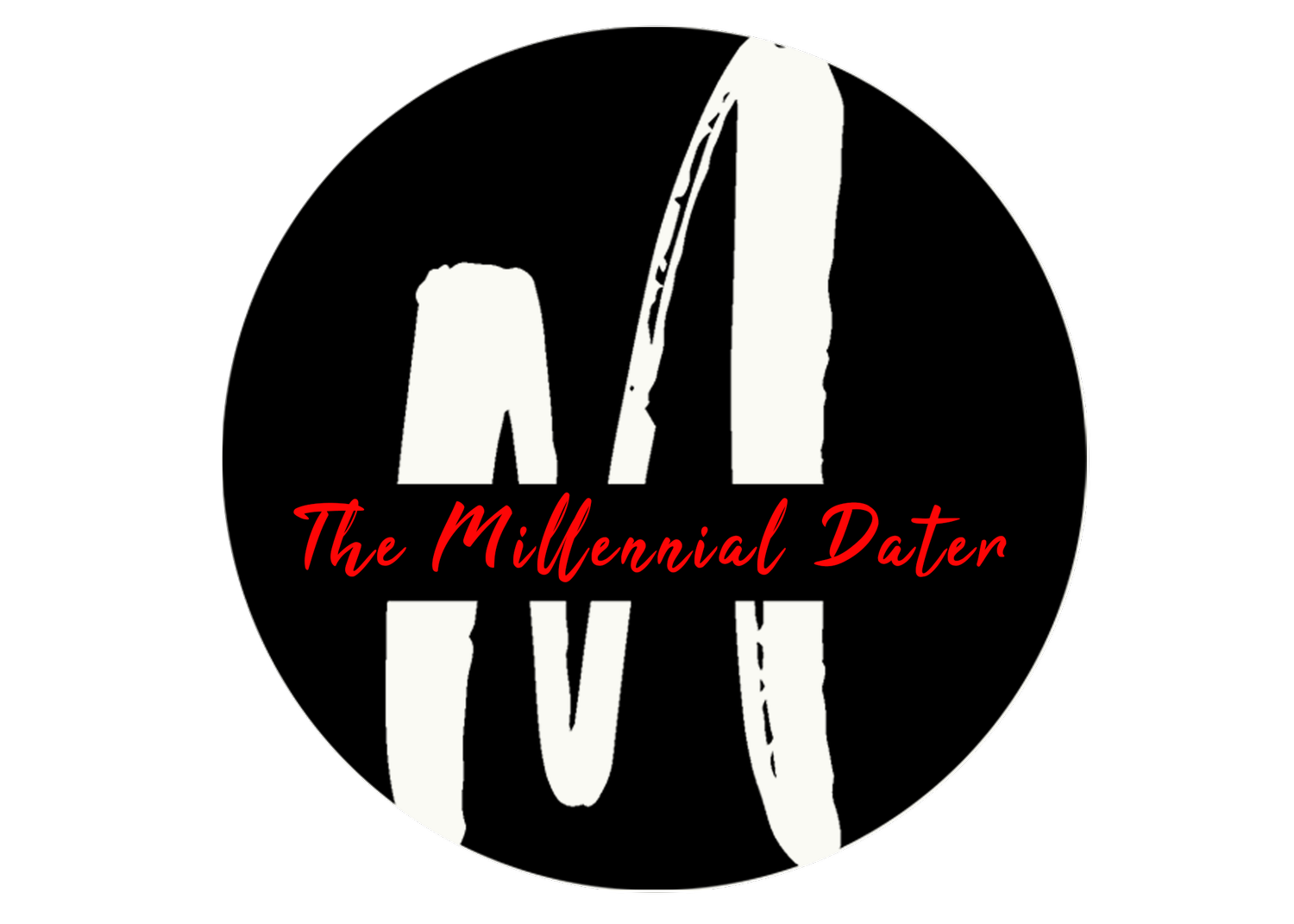Breaking The Cycle
Breaking the Cycle: How to Stop Attracting the Same Type That Always Hurts You
You recognize him the moment he walks in. Charming, confident, emotionally unavailable—exactly like the last three guys you dated. Or maybe it's her: intense, dramatic, pulling you in with passion before pushing you away with chaos. Different name, different face, same painful story.
You swore the last relationship would be the final time. You promised yourself you'd learned the lesson. Yet here you are again, wondering how you ended up with another version of the person who hurt you before.
This isn't bad luck. It's not that "all the good ones are taken." You're operating from a relationship blueprint built on old wounds, and until you redesign it, you'll keep constructing the same unstable foundation.
So where did this blueprint come from, and why does it keep leading you back to the same painful place?
Where the Pattern Begins
Your brain isn't sabotaging you on purpose. It's trying to protect you using the only data it has: your past. The problem is that our earliest relationship experiences—especially the painful ones—create patterns that feel like "home" even when home was unhealthy.
If you grew up with an emotionally distant parent, you might find yourself drawn to partners who withhold affection. Not because you enjoy the pain, but because that dynamic feels familiar. Your nervous system recognizes it as "normal," even when your conscious mind knows it's harmful.
Maybe you had an inconsistent caregiver—loving one moment, cold the next. Now you find yourself attracted to unpredictable people, mistaking the anxiety of "will they or won't they" for excitement and passion.
Or perhaps you learned you had to earn affection through achievement or caretaking. Now you gravitate toward partners who need fixing, convinced that if you just love them hard enough, they'll finally choose you completely.
Your Subconscious Has a Type
These patterns operate below conscious awareness. You might intellectually know you deserve better, but emotionally, you're drawn to what feels familiar.
Think about your last few relationships. Strip away the surface details and identify the core qualities these people shared. Were they emotionally unavailable? Commitment-phobic? Unable to handle conflict? Did they make you feel like you were always auditioning rather than simply being accepted?
What did pursuing these relationships actually give you? Not what you hoped to get, but what you received. Did it reinforce a belief that you're not quite enough? Did it let you play savior? Did it allow you to avoid your own vulnerabilities by focusing on someone else's problems?
These patterns persist because they serve a purpose. Until you identify it, you'll keep recreating it.
How to Reset Your Relationship Blueprint
Examine Your Early Models Look honestly at your first examples of love. How did your parents or caregivers relate to each other and to you? What did you learn about love and worth before you had the skills to question those lessons?
You're not blaming anyone. You're identifying where your blueprint came from so you can decide whether it still serves you.
Identify Your Pattern Write down your last three significant relationships. For each one, note: What attracted you initially? What red flags did you ignore? How did they make you feel about yourself? Why did it end?
Look for themes. The details differ, but the emotional pattern usually repeats with striking consistency.
Notice Your "Chemistry" Pay attention to what you experience as attraction. Does it feel calm and secure, or anxious and intense? Are you drawn to people who make you feel peaceful, or people who make you feel like you're constantly working to earn their affection?
If your "type" consistently hurts you, your definition of chemistry might actually be a trauma response. That flutter might be anxiety, not excitement.
Date Different on Purpose This doesn't mean settling. It means giving a genuine chance to people who don't trigger your usual pattern. That person who seems "too stable" or "too available" might just be... actually healthy.
Your nervous system will resist. It will call this boring. That's the old blueprint trying to maintain control. Push through and see what happens when you're not constantly anxious around someone.
Do Your Own Work Consider therapy that addresses trauma patterns. Work on healing the wounds that created your blueprint. Develop a secure relationship with yourself so you stop seeking external validation from people incapable of providing it.
The Bottom Line
Breaking the cycle isn't about willpower—it's about awareness and intentional rewiring. Your patterns made sense once. They were survival strategies that helped you navigate difficult circumstances. But you're not in those circumstances anymore.
You get to choose differently now. The person who broke your heart doesn't get to write the script for every relationship that follows.
Stop trusting familiar chemistry and start trusting conscious choice. The right person might not feel like "your type" at first—and that might be exactly the point.
